Front
Rear
Side
Interior
Passenger Car
Light Commercial Vehicle (LCV)
Heavy Commercial Vehicle (HCV)
Front Adaptive Lighting
Rear Adaptive Lighting
Ambient Adaptive Lighting
North America Automotive LED Lighting by PositionFront
Rear
Side
Interior
North America Automotive LED Lighting by Vehicle TypePassenger Car
Light Commercial Vehicle (LCV)
Heavy Commercial Vehicle (HCV)
North America Automotive LED Lighting by Adaptive LightingFront Adaptive Lighting
Rear Adaptive Lighting
Ambient Adaptive Lighting
US Automotive LED Lighting by PositionFront
Rear
Side
Interior
US Automotive LED Lighting by Vehicle TypePassenger Car
Light Commercial Vehicle (LCV)
Heavy Commercial Vehicle (HCV)
US Automotive LED Lighting by Adaptive LightingFront Adaptive Lighting
Rear Adaptive Lighting
Ambient Adaptive Lighting
Canada Automotive LED Lighting by PositionFront
Rear
Side
Interior
Canada Automotive LED Lighting by Vehicle TypePassenger Car
Light Commercial Vehicle (LCV)
Heavy Commercial Vehicle (HCV)
Canada Automotive LED Lighting by Adaptive LightingFront Adaptive Lighting
Rear Adaptive Lighting
Ambient Adaptive Lighting
Europe Automotive LED Lighting by PositionFront
Rear
Side
Interior
Europe Automotive LED Lighting by Vehicle TypePassenger Car
Light Commercial Vehicle (LCV)
Heavy Commercial Vehicle (HCV)
Europe Automotive LED Lighting by Adaptive LightingFront Adaptive Lighting
Rear Adaptive Lighting
Ambient Adaptive Lighting
Germany Outlook (USD Billion, 2018-2032)
Germany Automotive LED Lighting by PositionFront
Rear
Side
Interior
Germany Automotive LED Lighting by Vehicle TypePassenger Car
Light Commercial Vehicle (LCV)
Heavy Commercial Vehicle (HCV)
Germany Automotive LED Lighting by Adaptive LightingFront Adaptive Lighting
Rear Adaptive Lighting
Ambient Adaptive Lighting
France Automotive LED Lighting by PositionFront
Rear
Side
Interior
France Automotive LED Lighting by Vehicle TypePassenger Car
Light Commercial Vehicle (LCV)
Heavy Commercial Vehicle (HCV)
France Automotive LED Lighting by Adaptive LightingFront Adaptive Lighting
Rear Adaptive Lighting
Ambient Adaptive Lighting
UK Automotive LED Lighting by PositionFront
Rear
Side
Interior
UK Automotive LED Lighting by Vehicle TypePassenger Car
Light Commercial Vehicle (LCV)
Heavy Commercial Vehicle (HCV)
UK Automotive LED Lighting by Adaptive LightingFront Adaptive Lighting
Rear Adaptive Lighting
Ambient Adaptive Lighting
ITALY Automotive LED Lighting by PositionFront
Rear
Side
Interior
ITALY Automotive LED Lighting by Vehicle TypePassenger Car
Light Commercial Vehicle (LCV)
Heavy Commercial Vehicle (HCV)
ITALY Automotive LED Lighting by Adaptive LightingFront Adaptive Lighting
Rear Adaptive Lighting
Ambient Adaptive Lighting
Spain Automotive LED Lighting by PositionFront
Rear
Side
Interior
Spain Automotive LED Lighting by Vehicle TypePassenger Car
Light Commercial Vehicle (LCV)
Heavy Commercial Vehicle (HCV)
Spain Automotive LED Lighting by Adaptive LightingFront Adaptive Lighting
Rear Adaptive Lighting
Ambient Adaptive Lighting
Rest Of Europe Automotive LED Lighting by PositionFront
Rear
Side
Interior
Rest Of Europe Automotive LED Lighting by Vehicle TypePassenger Car
Light Commercial Vehicle (LCV)
Heavy Commercial Vehicle (HCV)
Rest Of Europe Automotive LED Lighting by Adaptive LightingFront Adaptive Lighting
Rear Adaptive Lighting
Ambient Adaptive Lighting
Asia-Pacific Automotive LED Lighting by PositionFront
Rear
Side
Interior
Asia-Pacific Automotive LED Lighting by Vehicle TypePassenger Car
Light Commercial Vehicle (LCV)
Heavy Commercial Vehicle (HCV)
Asia-Pacific Automotive LED Lighting by Adaptive LightingFront Adaptive Lighting
Rear Adaptive Lighting
Ambient Adaptive Lighting
China Automotive LED Lighting by PositionFront
Rear
Side
Interior
China Automotive LED Lighting by Vehicle TypePassenger Car
Light Commercial Vehicle (LCV)
Heavy Commercial Vehicle (HCV)
China Automotive LED Lighting by Adaptive LightingFront Adaptive Lighting
Rear Adaptive Lighting
Ambient Adaptive Lighting
Japan Automotive LED Lighting by PositionFront
Rear
Side
Interior
Japan Automotive LED Lighting by Vehicle TypePassenger Car
Light Commercial Vehicle (LCV)
Heavy Commercial Vehicle (HCV)
Japan Automotive LED Lighting by Adaptive LightingFront Adaptive Lighting
Rear Adaptive Lighting
Ambient Adaptive Lighting
India Automotive LED Lighting by PositionFront
Rear
Side
Interior
India Automotive LED Lighting by Vehicle TypePassenger Car
Light Commercial Vehicle (LCV)
Heavy Commercial Vehicle (HCV)
India Automotive LED Lighting by Adaptive LightingFront Adaptive Lighting
Rear Adaptive Lighting
Ambient Adaptive Lighting
Australia Automotive LED Lighting by PositionFront
Rear
Side
Interior
Australia Automotive LED Lighting by Vehicle TypePassenger Car
Light Commercial Vehicle (LCV)
Heavy Commercial Vehicle (HCV)
Australia Automotive LED Lighting by Adaptive LightingFront Adaptive Lighting
Rear Adaptive Lighting
Ambient Adaptive Lighting
Rest of Asia-Pacific Automotive LED Lighting by PositionFront
Rear
Side
Interior
Rest of Asia-Pacific Automotive LED Lighting by Vehicle TypePassenger Car
Light Commercial Vehicle (LCV)
Heavy Commercial Vehicle (HCV)
Rest of Asia-Pacific Automotive LED Lighting by Adaptive LightingFront Adaptive Lighting
Rear Adaptive Lighting
Ambient Adaptive Lighting
Rest of the World Automotive LED Lighting by PositionFront
Rear
Side
Interior
Rest of the World Automotive LED Lighting by Vehicle TypePassenger Car
Light Commercial Vehicle (LCV)
Heavy Commercial Vehicle (HCV)
Rest of the World Automotive LED Lighting by Adaptive LightingFront Adaptive Lighting
Rear Adaptive Lighting
Ambient Adaptive Lighting
Middle East Automotive LED Lighting by PositionFront
Rear
Side
Interior
Middle East Automotive LED Lighting by Vehicle TypePassenger Car
Light Commercial Vehicle (LCV)
Heavy Commercial Vehicle (HCV)
Middle East Automotive LED Lighting by Adaptive LightingFront Adaptive Lighting
Rear Adaptive Lighting
Ambient Adaptive Lighting
Africa Automotive LED Lighting by PositionFront
Rear
Side
Interior
Africa Automotive LED Lighting by Vehicle TypePassenger Car
Light Commercial Vehicle (LCV)
Heavy Commercial Vehicle (HCV)
Africa Automotive LED Lighting by Adaptive LightingFront Adaptive Lighting
Rear Adaptive Lighting
Ambient Adaptive Lighting
Latin America Automotive LED Lighting by PositionFront
Rear
Side
Interior
Latin America Automotive LED Lighting by Vehicle TypePassenger Car
Light Commercial Vehicle (LCV)
Heavy Commercial Vehicle (HCV)
Latin America Automotive LED Lighting by Adaptive LightingFront Adaptive Lighting
Rear Adaptive Lighting
Ambient Adaptive Lighting

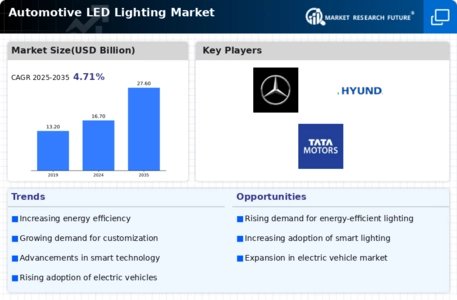

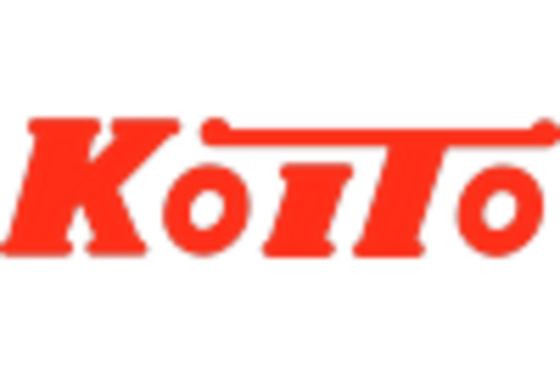
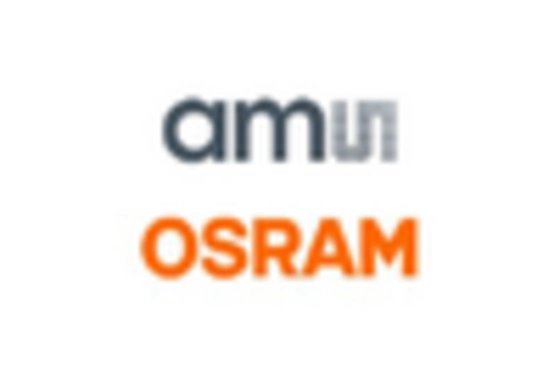

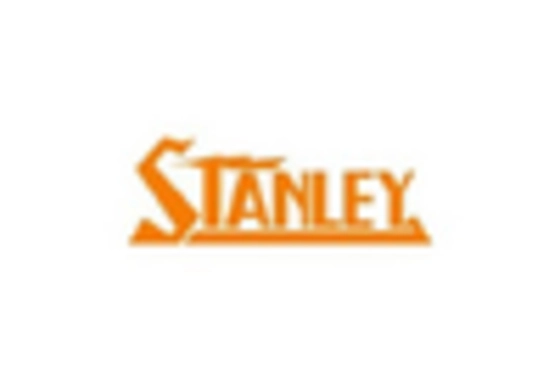
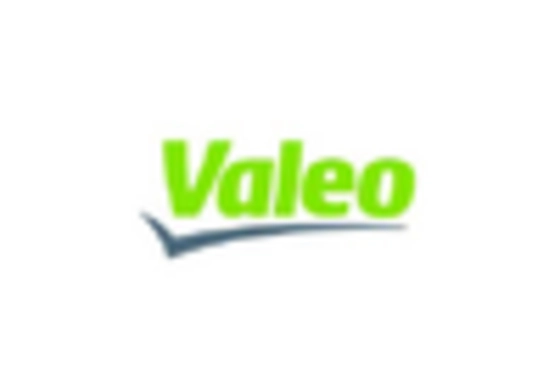

Leave a Comment